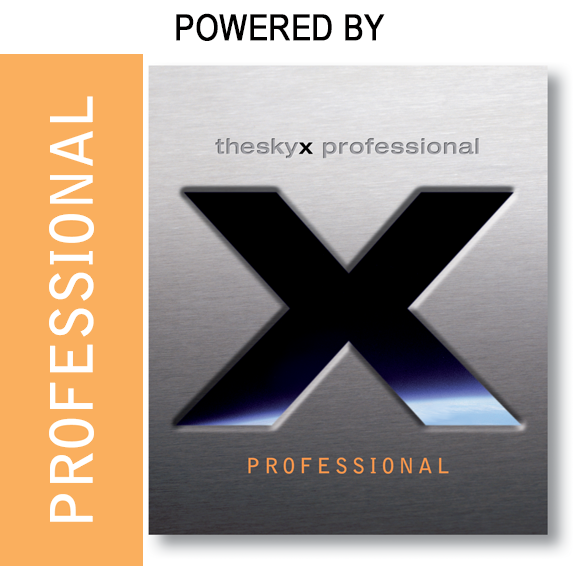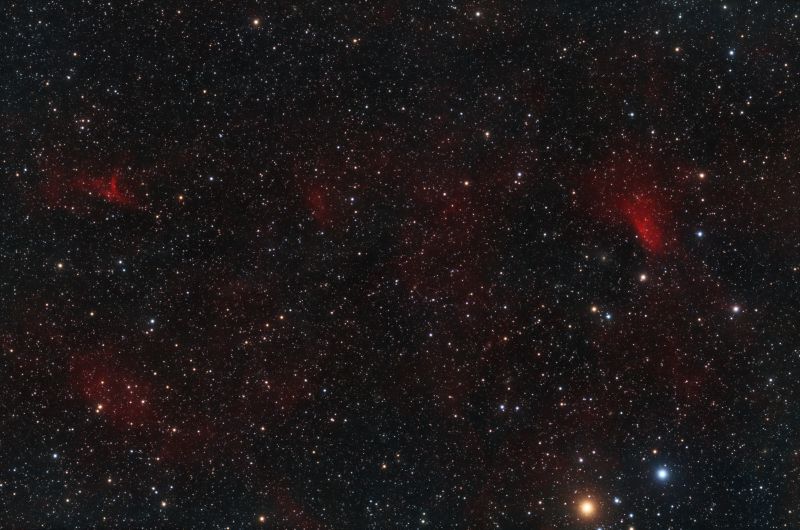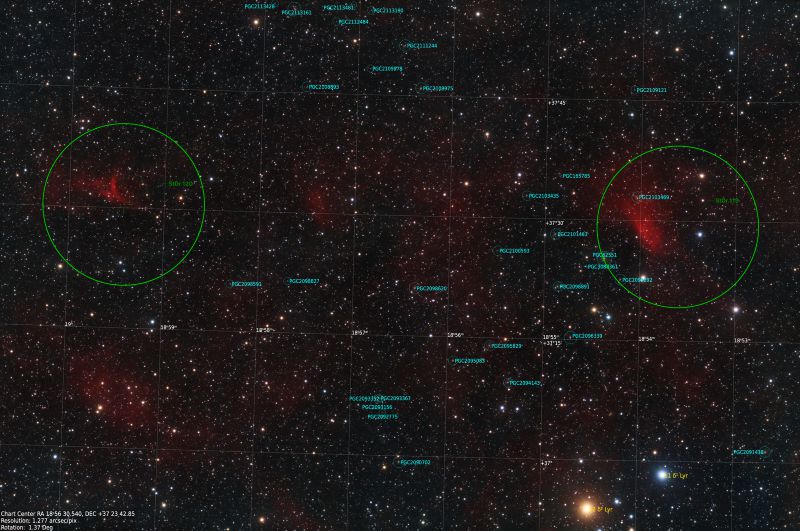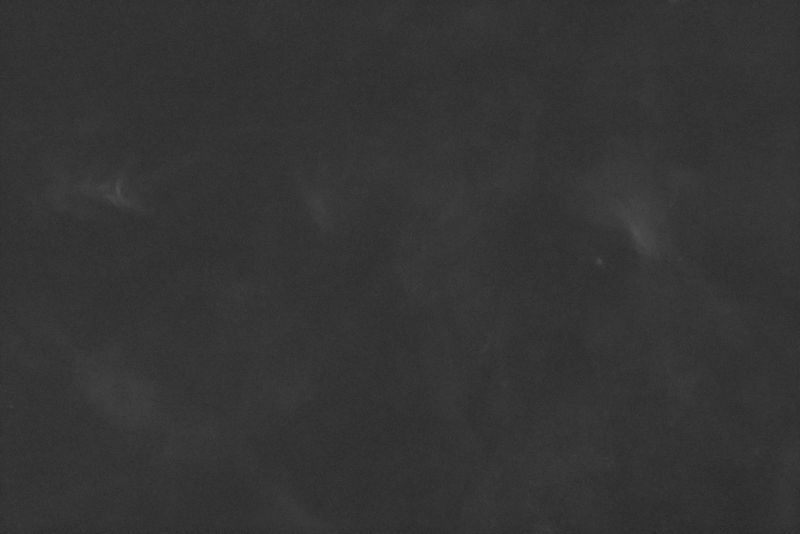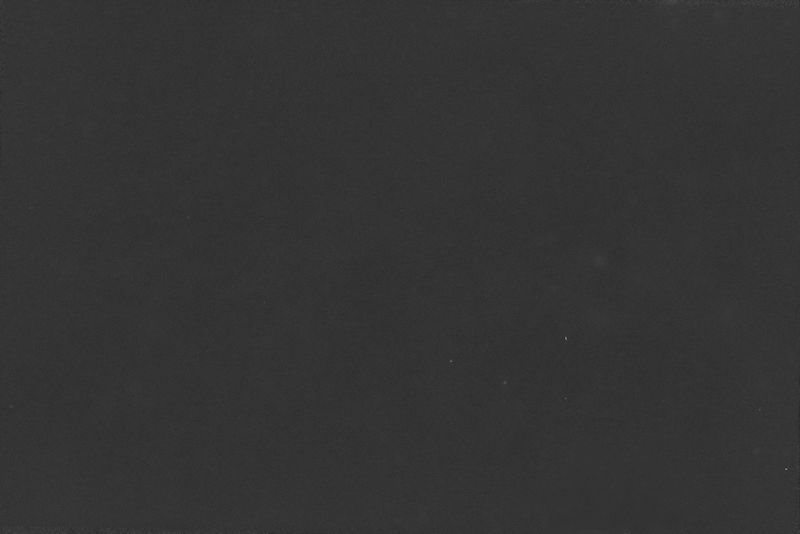Strottner/Drechsler 119-120
Published 29 Aug 22
StDr 119/120 full field of view
Clicking the image will open the full resolution image
StDr 119/120 annotated image
Clicking the image will open a full resolution annotated image
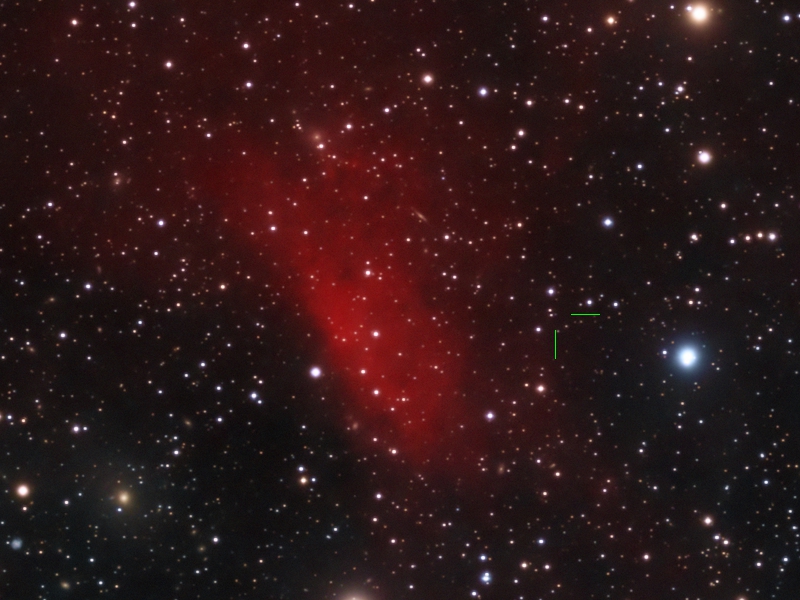
StDr 119
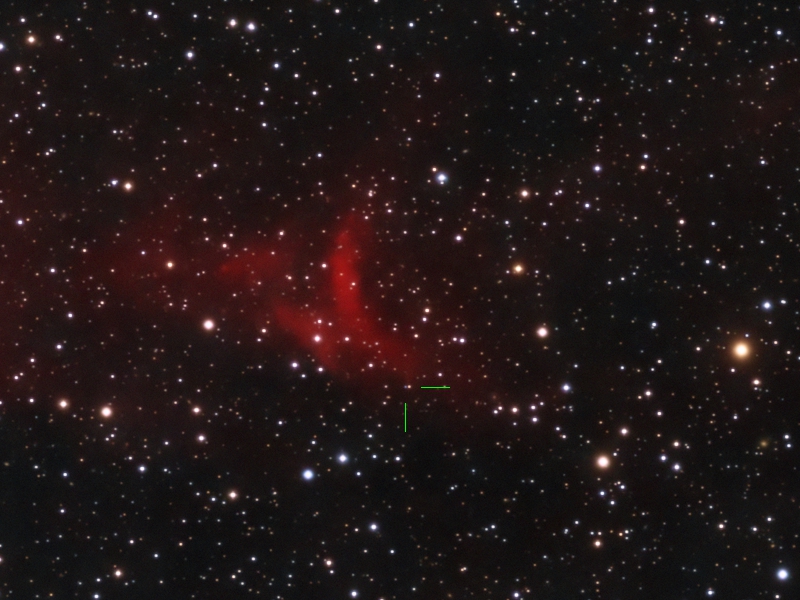
StDr120
Stretched starless Ha image, 15hrs
Stretched starless OIII image, 19hrs
About this object
Discovered by Xavier Strottner and Marcel Drechsler in Oct 2020, Strottner/Drechsler 119 and 120 (StDr119/120) are planetary nebula candidates in the constellation Lyra. They also are cataloged as PNG 067.4+15.7 and PNG 067.9+14.6 respectively. Both are very faint and relatively close by. Both were barely visible in 15hrs worth of HII data but were the brightest emission areas within the image. There also seems to be some very faint ISM ionized emission also in other areas of the image. In the OIII band nearly no signal was seen in 19.3 hrs of exposure time. In the full resolution crops the center coordinates of both objects is shown with green hatch marks. StDr 119 looks like a very diffuse area of emission nebulosity. StDr 120 has a curved structure above where the center coordinates are. Near the center of these hatch marks are what looks like very faint blue white dwarf stars probably close to magnitude 17-18. I suppose it's possible that these stars are the ones responsible for both these objects. I would expect professional spectra to determine the real nature of these two objects.
Near the bottom of the image are two bright stars with nicely contrasting colors. The orange one is Delta 2 Lyrae. It lies some 880 light years distant and shines at magnitude 4.3. It has the luminosity of 6500 suns and is around 200 times larger in diameter than the sun. It's a red giant with a temperature of 3640 K which is cooler than the sun. Delta 1 Lyrae is a magnitude 5.57 blue main sequence star with a temperature of 18000 K. It's roughly 32 million years old and it shines with nearly 3000 times the luminosity of the sun. Delta 1 Lyrae is roughly1080 light years distant.
The image was taken from my home observatory during late March into early June 2022 and is composed of 42.5hrs of exposure time.
Discovered by Xavier Strottner and Marcel Drechsler in Oct 2020, Strottner/Drechsler 119 and 120 (StDr119/120) are planetary nebula candidates in the constellation Lyra. They also are cataloged as PNG 067.4+15.7 and PNG 067.9+14.6 respectively. Both are very faint and relatively close by. Both were barely visible in 15hrs worth of HII data but were the brightest emission areas within the image. There also seems to be some very faint ISM ionized emission also in other areas of the image. In the OIII band nearly no signal was seen in 19.3 hrs of exposure time. In the full resolution crops the center coordinates of both objects is shown with green hatch marks. StDr 119 looks like a very diffuse area of emission nebulosity. StDr 120 has a curved structure above where the center coordinates are. Near the center of these hatch marks are what looks like very faint blue white dwarf stars probably close to magnitude 17-18. I suppose it's possible that these stars are the ones responsible for both these objects. I would expect professional spectra to determine the real nature of these two objects.
Near the bottom of the image are two bright stars with nicely contrasting colors. The orange one is Delta 2 Lyrae. It lies some 880 light years distant and shines at magnitude 4.3. It has the luminosity of 6500 suns and is around 200 times larger in diameter than the sun. It's a red giant with a temperature of 3640 K which is cooler than the sun. Delta 1 Lyrae is a magnitude 5.57 blue main sequence star with a temperature of 18000 K. It's roughly 32 million years old and it shines with nearly 3000 times the luminosity of the sun. Delta 1 Lyrae is roughly1080 light years distant.
The image was taken from my home observatory during late March into early June 2022 and is composed of 42.5hrs of exposure time.
Image Details
- Optics : Stellarvue SVX 152T refractor @f8 1200mm FL
- Mount: Paramount MYT
- Camera: ZWO ASI6200
- Filters: Chroma 50mm LRGB
- Exposure (min): RGBHaOIII 170:149:171:900:1160, 42.5 hrs, 2x2 binning
- Automation Control: The Sky X, Voyager, PrimaluceLab Eagle 4 pro
- Guiding: StarlightXpress Lodestar X2
- Processing Software: PixInsight, PS CC
- Location: Stark Bayou Observatory, Ocean Springs, MS
- Sky: Typical SQM 19.6-20.1, Bortle 5, Suburban
- Date: 29 March - 6 June 2022
